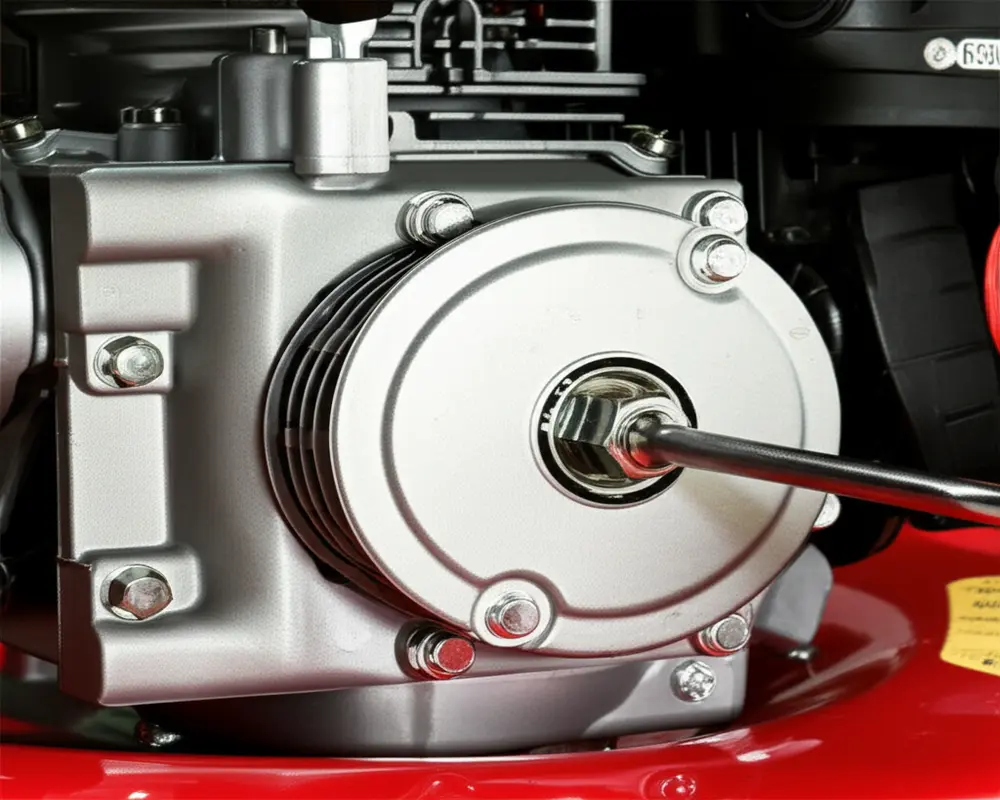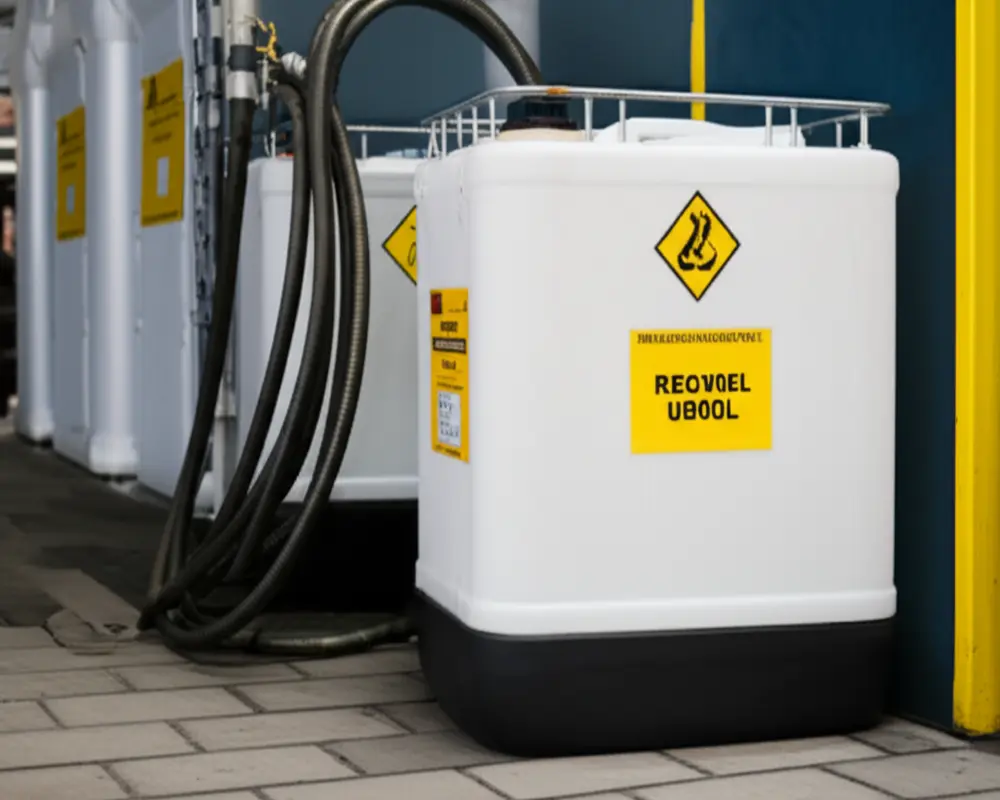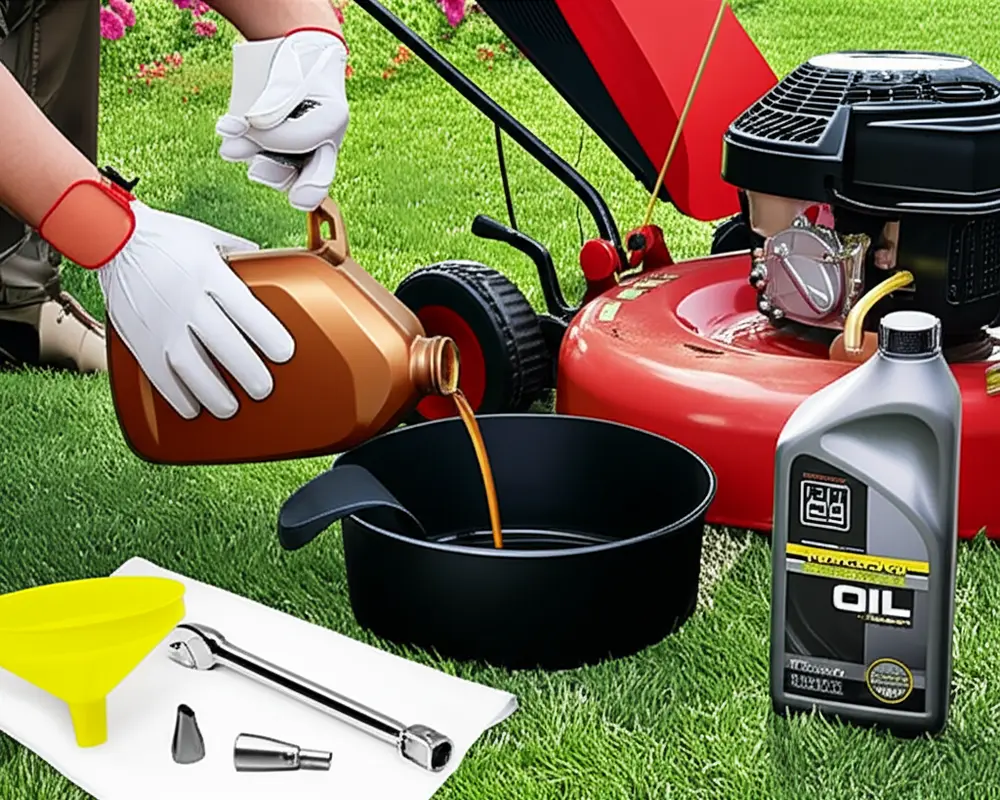Lawn Mower Oil Change: The Ultimate 2025 Maintenance Guide
Maintaining your lawn mower is essential to keep your yard looking pristine and your mower running smoothly. Among the many maintenance tasks, the lawn mower oil change stands out as a critical procedure that ensures your engine’s health and extends the life of your mower. In this comprehensive 2025 guide, we will explore when, why, and how to change your lawn mower’s oil properly, as well as tips to troubleshoot common issues and dispose of used oil responsibly.
I. Introduction: Why Regular Oil Changes are Crucial for Your Lawn Mower
Oil is the lifeblood of any engine. It lubricates the moving parts, reduces friction, prevents overheating, and protects against wear and corrosion. Over time, oil degrades and becomes contaminated with dirt, debris, and combustion byproducts, making it less effective. Regular lawn mower oil changes ensure that your engine remains well-lubricated and runs efficiently, which in turn extends the mower’s lifespan and prevents costly repairs.
By staying on top of oil maintenance, you guarantee peak performance every time you mow. Neglecting oil changes, however, can lead to engine damage, decreased fuel efficiency, and increased emissions. This guide will equip you with the knowledge to perform oil changes confidently and responsibly to keep your equipment in top shape.
II. When is it Time for an Oil Change? (Frequency & Indicators)
Knowing when to change your lawn mower’s oil is vital. The general recommendation is to perform the first oil change after the initial 5 hours of use, which is the break-in period for new engines. Following that, you should change the oil every 25 to 50 hours of operation or at least once a year, whichever comes first. If you use your mower heavily or in dusty conditions, increasing the frequency is advisable to prevent premature engine wear.
Watch for these signs that your mower needs an oil change:
- Oil appears dark, thick, or sludgy instead of clear and amber.
- Excessive exhaust smoke during operation.
- The engine runs rough, overheats, or stalls unexpectedly.
Always consult your lawn mower’s owner’s manual for model-specific guidance on oil change intervals and suitable oil types to ensure optimal performance.
III. Essential Tools & Materials Checklist
Before starting your oil change, gather the necessary tools and materials to avoid interruptions:
- Socket wrench or spanner to remove the oil drain plug.
- Funnel for pouring new oil without spills.
- Oil drain pan to catch used oil safely.
- Oil filter wrench if your mower has an oil filter.
- Safety gloves and goggles to protect your hands and eyes.
- Wheel chocks for riding mowers to prevent movement.
- Recommended engine oil type as per your mower's specifications.
- New oil filter if applicable.
- Shop towels or rags for cleaning spills and wiping parts.
Preparing all items beforehand will streamline the process and keep your work area clean and safe.
IV. Choosing the RIGHT Oil for Your Lawn Mower (Type & Capacity)
Selecting the correct oil is crucial for engine protection. Refer to your owner’s manual for the exact oil type and capacity for your model. Commonly used oils include SAE 30 for warmer climates, 10W-30 which performs well in varying temperatures, and synthetic oils offering better stability and engine cleanliness.
Synthetic oils tend to last longer and provide superior protection but come at a higher cost. Conventional oils are adequate for standard use. Check the oil capacity by reading the dipstick carefully; overfilling or underfilling can cause engine problems.
V. Safety First! Important Precautions Before You Begin
Safety should never be overlooked when performing maintenance:
- Disconnect the spark plug wire to prevent accidental engine starts.
- Ensure the engine is cool to avoid burns from hot components or oil.
- Work on a flat, level surface with adequate ventilation.
- Wear gloves and eye protection at all times.
VI. Step-by-Step Guide: How to Change Your Lawn Mower Oil
Follow these detailed steps to change your mower’s oil properly:
- Warm up the engine: Run your mower for a few minutes to warm the oil, which helps it drain more completely.
- Locate and remove the oil drain plug: Using a socket wrench, carefully unscrew the drain plug usually found underneath the mower’s engine. Clear any debris around the plug before removal to avoid contamination.
- Drain the old oil: Position your drain pan beneath and let the oil flow out completely. This may take several minutes.
- Replace the oil filter: If your mower has an oil filter, use an oil filter wrench to remove the old one and install a new filter according to the manufacturer’s instructions.
- Add new oil: Screw the drain plug back in securely. Using a funnel, pour the recommended amount and type of fresh oil into the oil fill tube. Frequently check the dipstick until you reach the correct level.
- Check for leaks: Start the engine briefly and observe any oil leaks around the drain plug or filter area.
- Final oil level check: Turn off the engine, wait a few minutes for the oil to settle, and check the dipstick again on a level surface.
Push mowers and riding mowers may have slight differences in drain plug locations and oil capacities, so always consult your manual. For visual learners, a high-quality instructional video can provide valuable guidance.


VII. Proper Disposal of Used Engine Oil: Be Environmentally Responsible
Used engine oil is hazardous waste that can contaminate soil and water if disposed of improperly. Always store used oil in a sealed container immediately after draining to prevent spills and leaks.
Take your used oil to designated recycling centers, auto parts stores, or hazardous waste collection sites. For detailed disposal guidelines, refer to the EPA – Used Oil Management resource.
Being responsible with oil disposal protects the environment and complies with local regulations.

VIII. Troubleshooting Common Lawn Mower Oil Change Issues
Some common issues you may encounter during oil changes include:
- Oil won’t drain: This can occur if the engine is not warm or the drain plug is clogged. Warm the engine longer or gently clean the plug area.
- Oil leaks: Often caused by a loose drain plug or faulty gasket. Tighten the plug securely and replace the gasket if necessary.
- Overfilled or underfilled oil: Both can harm engine performance. Always use the dipstick to verify the correct oil level.
- Mower won’t start after oil change: Check if the spark plug wire was disconnected and reconnected properly.
Careful attention during each step and rechecking connections can prevent most problems.
IX. Pro Tips for Extending Your Mower's Life Beyond Oil Changes
Regular oil changes are just one part of mower maintenance. To further extend your mower’s life, consider these tips:
- Clean or replace the air filter regularly to ensure proper airflow.
- Keep mower blades sharp and balanced for efficient cutting.
- Clean the mower deck to prevent grass buildup and corrosion.
- Use a fuel stabilizer if storing your mower for extended periods to keep the fuel fresh.
X. Frequently Asked Questions (FAQs)
- Can I use car oil in my lawn mower?
- While some car oils meet lawn mower requirements, it’s best to use oils specified for small engines to ensure proper viscosity and additives.
- Do all mowers have oil filters?
- No, many push mowers do not have oil filters, but most riding mowers do. Check your model’s manual.
- What to do if oil spills on the driveway?
- Absorb the spill immediately using cat litter or sand, then clean the area with a degreaser or soapy water to prevent stains and environmental harm.
- Can I switch from conventional to synthetic oil?
- Yes, synthetic oils are compatible with most lawn mower engines and can provide better protection, but always check manufacturer recommendations.
XI. Conclusion: Keep Your Lawn Mower Running Strong!
Regular lawn mower oil changes are essential for maintaining engine health, enhancing performance, and prolonging the life of your mower. By following the steps outlined in this guide, you can confidently perform oil changes and troubleshoot common issues while staying environmentally responsible.
Proactive maintenance helps avoid unexpected breakdowns and costly repairs, ensuring your mower is ready whenever you need it. Feel free to share your maintenance tips and follow us for more expert advice on lawn care and equipment upkeep.
For additional gardening tool insights, explore our articles on hand cultivator tines explained and pruning shears handle comfort guide.
For official maintenance advice, visit Honda Power Equipment Maintenance and review the Consumer Reports Lawn Mower Maintenance guide.

